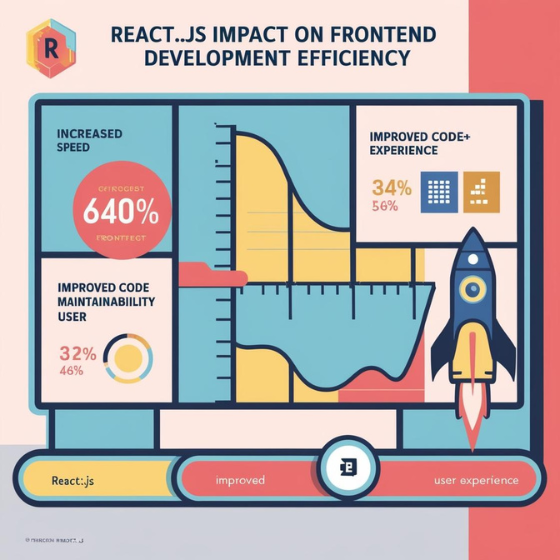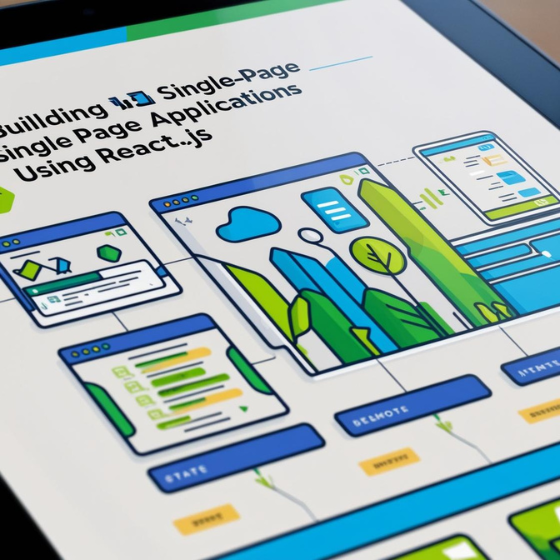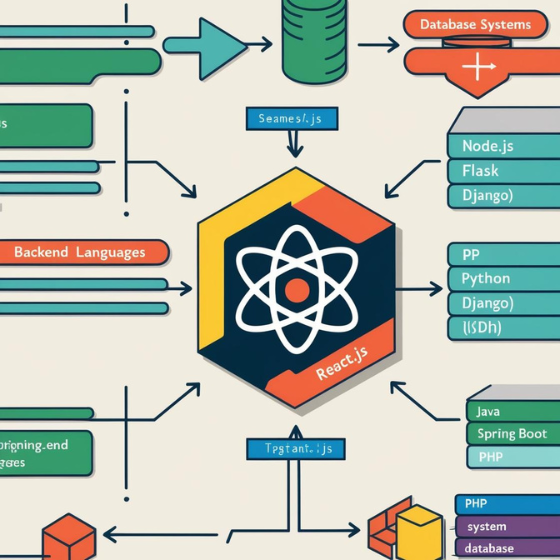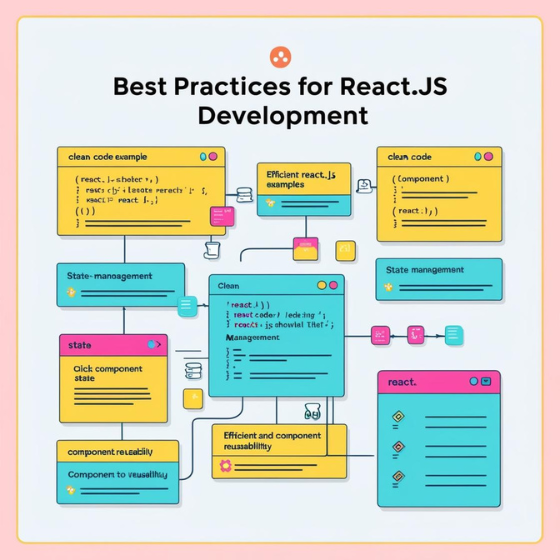How to Develop Scalable Web Applications with React.js: A Complete Guide for Modern Businesses
In today’s fast-paced digital landscape, scalability is essential for businesses aiming to stay competitive. But how to develop scalable web applications with React.js remains a question for many organizations. React.js, a powerful JavaScript library, provides the perfect foundation for building applications that grow with your business.
Did you know that over 10 million websites are built with React.js, including tech giants like Facebook, Netflix, and Airbnb? This widespread adoption underscores the importance of React.js in creating robust and scalable applications.
In this blog, we’ll explore how to develop scalable web applications with React.js, breaking down the process step-by-step and offering actionable insights for businesses.
Why React.js Is Ideal for Scalable Web Applications
Before diving into the development process, it’s essential to understand why React.js is a top choice for scalability.
1. Component-Based Architecture
React’s reusable components allow developers to build complex interfaces efficiently. By breaking an application into smaller, manageable pieces, businesses can easily add, remove, or update features without disrupting the entire system.
2. Virtual DOM for Optimal Performance
React’s Virtual DOM minimizes the overhead of direct DOM manipulation, ensuring faster updates and smooth user experiences even as the application grows.
3. Strong Ecosystem
React’s vast ecosystem of libraries, tools, and community support makes it easier to integrate advanced functionalities, such as state management with Redux or server-side rendering with Next.js.
By leveraging these features, businesses can ensure their applications remain scalable and high-performing.
Steps to Develop Scalable Web Applications with React.js
Creating a scalable application requires a well-thought-out strategy. Here’s a detailed roadmap to guide you.
1. Define the Application’s Scope and Requirements
Start by identifying the core functionality of your application and potential areas for growth. Consider questions like:
- How many users do you expect initially?
- What features might you need to add in the future?
- What platforms will the application support?
Clear requirements will help you make informed architectural decisions.
2. Choose the Right Tech Stack
While React.js is the front-end cornerstone, pairing it with the right backend and state management tools is crucial for scalability. Popular choices include:
- Backend: Node.js, Express, or Django.
- Database: MongoDB for NoSQL or PostgreSQL for relational data.
- State Management: Redux, MobX, or Context API.
Pro Tip: Use Sodio’s custom web application services to streamline your tech stack selection.
3. Structure Your Codebase for Scalability
A well-organized codebase is essential for scalability. Follow these best practices:
- Modularize Code: Break your code into reusable components and services.
- Follow Folder Structure Conventions: Group files by feature or domain for easier navigation.
- Implement Type Checking: Use TypeScript to catch errors early and enhance code maintainability.
4. Optimize Application Performance
Performance is a key factor in scalability. Here’s how React.js helps:
- Code Splitting: Use tools like Webpack to load only the necessary code for a given page, reducing initial load times.
- Lazy Loading: Load components or images only when needed to save resources.
- Memoization: Utilize
React.memooruseMemoto prevent unnecessary re-renders.
5. Implement Robust State Management
State management can become complex as applications grow. Choose a strategy that suits your needs:
- Small Applications: Use React’s Context API for lightweight state management.
- Large Applications: Opt for Redux or MobX to handle extensive data flows efficiently.
Explore Sodio’s React.js development services to ensure your state management strategy aligns with your business goals.
6. Test and Monitor Regularly
Scalability isn’t just about building—it’s also about maintaining. Regular testing and monitoring ensure your application can handle increased traffic and complexity.
- Automated Testing: Use tools like Jest and Enzyme to test components and workflows.
- Performance Monitoring: Implement tools like Google Lighthouse or New Relic for real-time insights.
Real-World Applications of Scalable React.js Web Development
React.js has powered some of the most successful web applications. Let’s look at a few examples:
1. Netflix
Netflix relies on React.js to deliver seamless video streaming experiences to millions of users worldwide. React’s scalability ensures smooth navigation and playback even during peak usage hours.
2. Airbnb
Airbnb uses React to handle complex user interactions, such as booking accommodations and filtering search results. React’s reusable components allow Airbnb to roll out new features quickly.
Want to create a platform like Airbnb or Netflix? Check out Sodio’s on-demand app solutions.
Common Challenges and How to Overcome Them
Scaling web applications comes with its own set of challenges. Here’s how React.js addresses them:
1. Managing Increasing User Data
- Solution: Use efficient state management tools and database optimizations.
2. Handling Component Overload
- Solution: Modularize components and implement lazy loading to keep the application lightweight.
3. Keeping Up with Performance
- Solution: Regularly update dependencies and leverage tools like React Profiler to identify bottlenecks.
The Role of Sodio in Building Scalable React.js Applications
At Sodio, we specialize in creating custom web applications tailored to your business needs. With expertise in React.js, we ensure your application is not just scalable but also user-friendly and high-performing.
- Why Choose Sodio?
- Experienced React.js developers.
- End-to-end project management.
- Focus on scalability and performance.
Learn more about our web development services and see how we can bring your vision to life.
Final Thoughts
Scalability is not an option but a requirement for modern web applications. How to develop scalable web applications with React.js is a question that every forward-thinking business must address. By following the best practices outlined in this guide, you can build applications that grow with your users and adapt to future demands.
Ready to take the next step? Contact Sodio today to discuss your project requirements or explore our React.js solutions to get started.







